Argentina – Special Operations Group
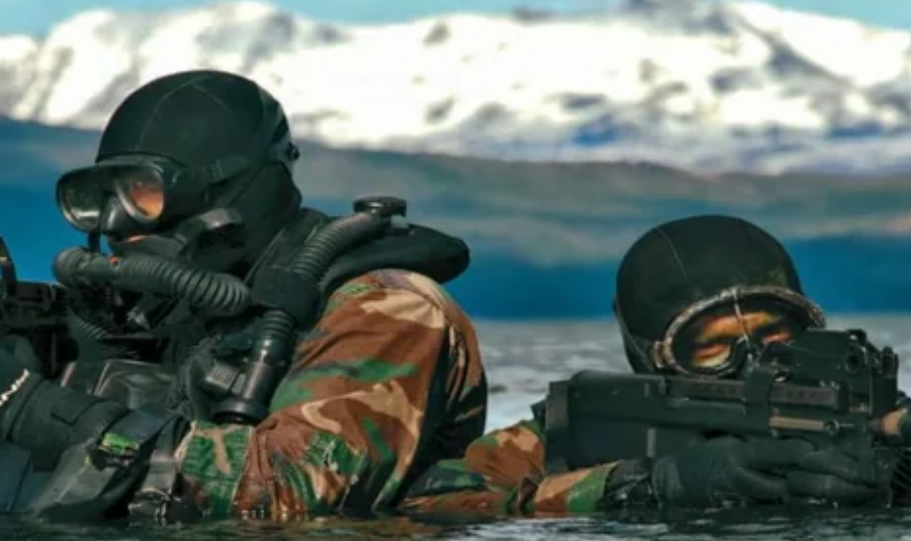
Created in December 2005, the Special Operations Group is the first operational element of the wider Argentine Army Project 2025. It’s made up of air assault, airborne, light infantry, and light helicopter services. Artillery, engineers, air transport, and communications companies are always on to assist and support the group should they get into any tricky situations.
Brazil – Special Operations Command
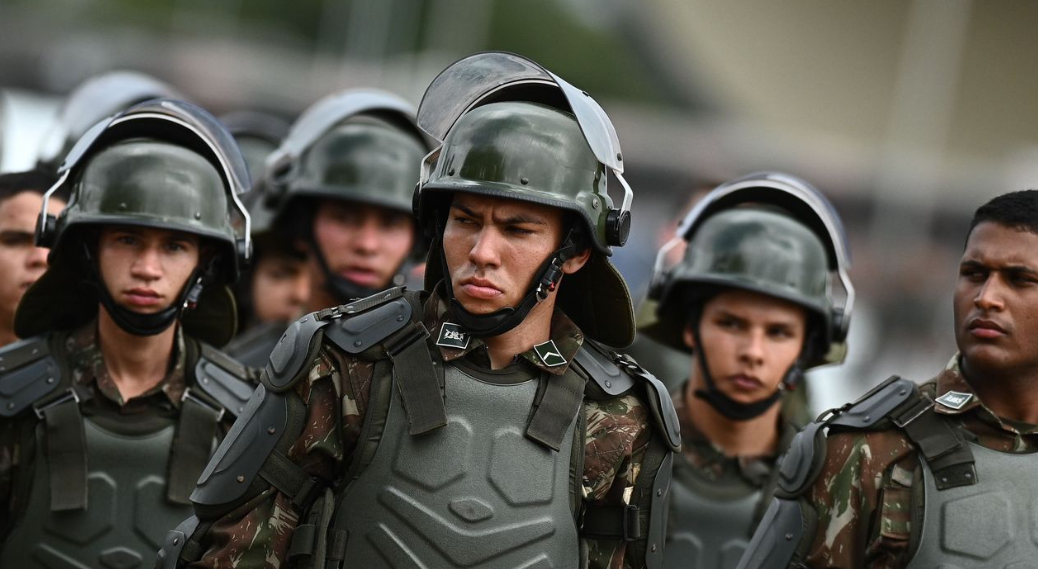
Brazil may have problems at home, but few internationally. That being said, they run several branches of the military including the Special Operations Command, which was established in 1957 as a parachute rescue group that conducted deep forest rescue operations. Its motto – “any mission, in any place, at any time, by every way” – continues to inspire young Brazilians today.
China – People’s Liberation Army
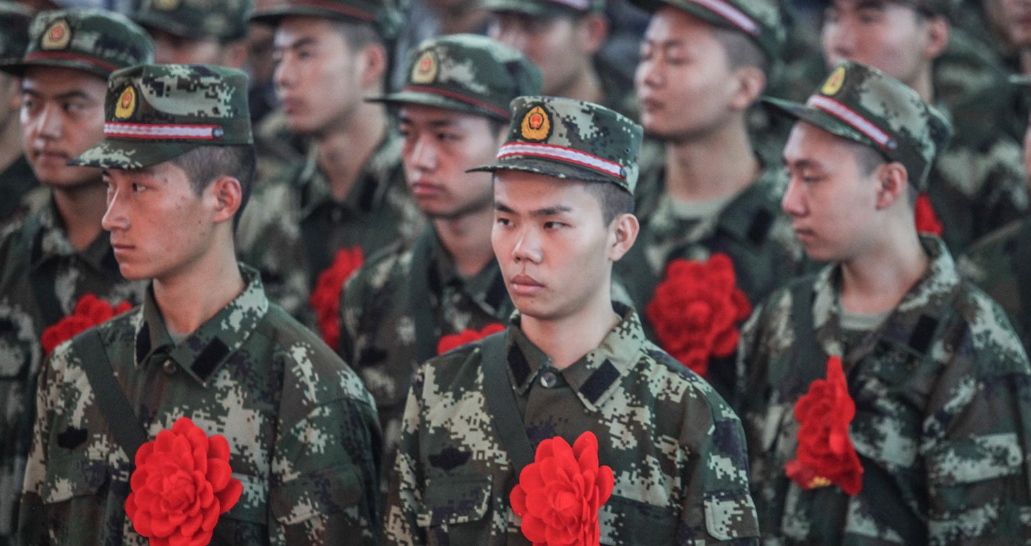
It doesn’t take a genius to notice that China’s military power has grown in the last couple of decades. Based on manpower alone, the People’s Liberation Army is the largest in the world. It also has the second-biggest tank fleet behind Russia and the second-biggest submarine fleet behind the USA. Additionally, China has also invested in new technology to improve the accuracy of ballistic missiles.
Cuba – Black Wasp
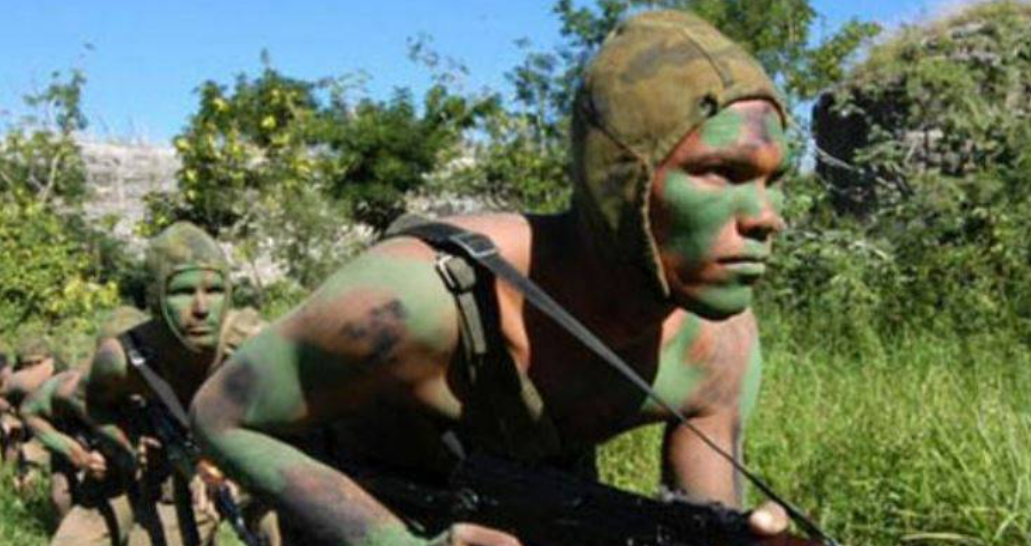
The Black Wasps, or Avispas Negras, is a special force unit within the Cuban Armed Forces. The armament is very varied and to a large degree is the same as that used by the rest of the Cuban military, although in recent years they have been seen in parades with new weapons that include a mix of manufactured weapons and specially updated Soviet weaponry.
Denmark – Frogman Corps
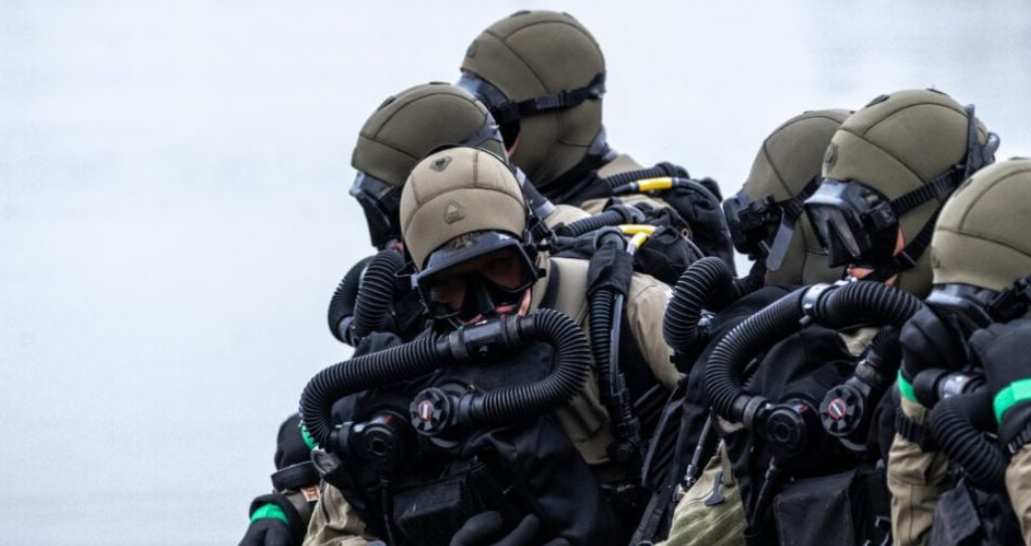
The Frogman Corps sits underneath the Royal Danish Navy Command and focuses on, as you can probably guess with a name like that, special maritime operations. Frogmen are highly trained to deal with whatever is thrown their way. Equipped to scuba dive, they conduct work on request from the Danish Police and any other military authorities.
Egypt – Thunderbolt Forces
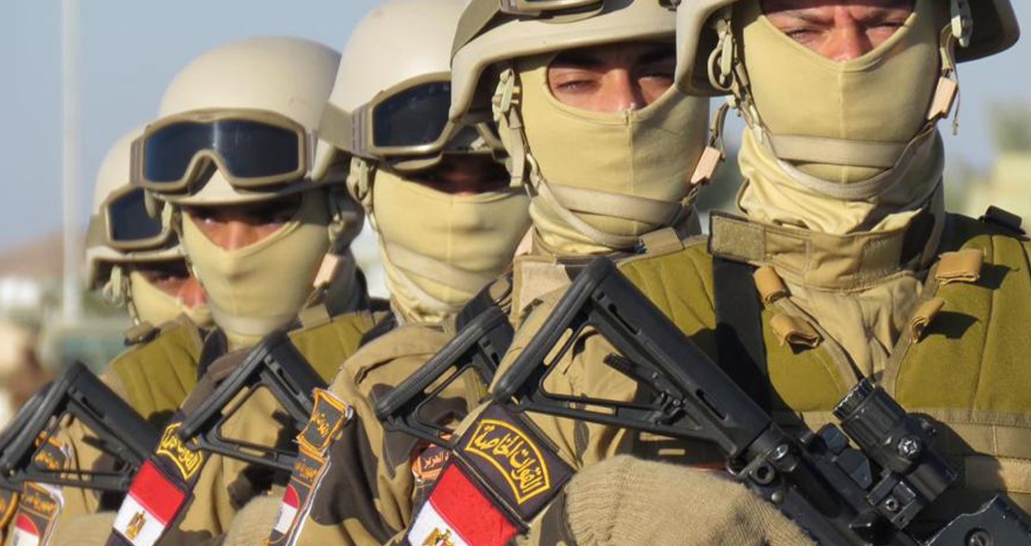
If it’s an old military you’re looking for, look no further than the Egyptian military. This is one of the oldest and most impressive armed forces in the Middle East, thanks to generous financial aid from the US. This budget allows them to have the fifth-largest tank fleet in the world, with over 1,000 M1A1 Abrams tanks.
Germany – Rapid Forces Divison
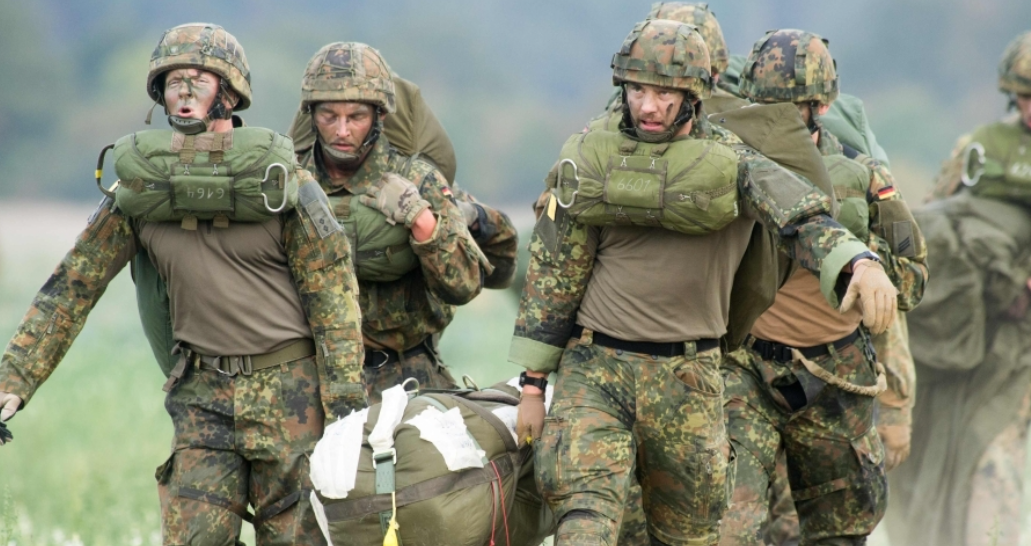
Germany has a lack of power projection platforms. It does not have an aircraft carrier nor that many submarines, marking its military as one not to be taken too seriously on the world stage. They do, however, have a decent amount of attack helicopters. In the past few years, they have toyed with offering military support to eastern European NATO members.
Greece – Hellenic Army
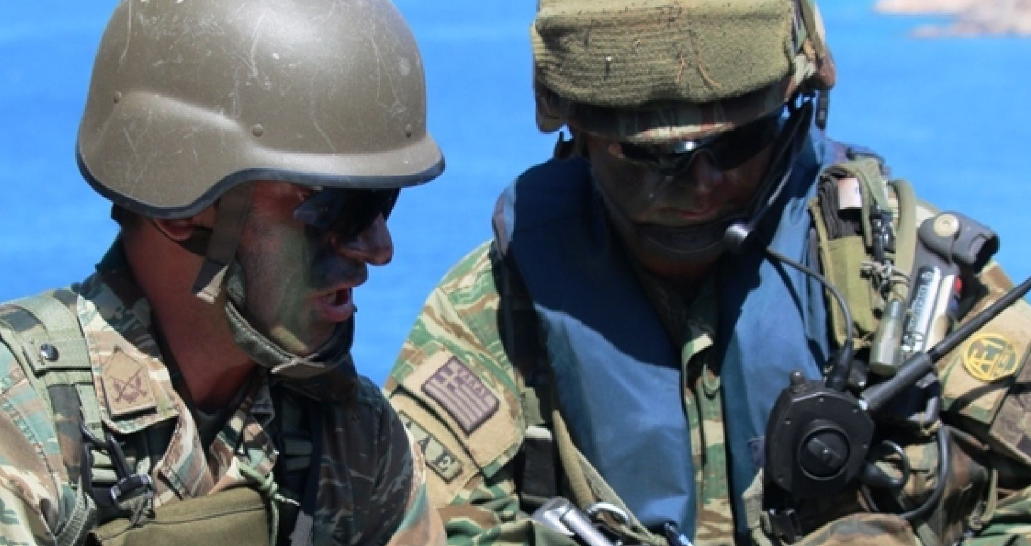
The Hellenic Army is one of the first institutions of the new Greek State that was established in 1822, and created immediately. Before its formation, Greece was defended by patriotic revolutionary groups, who lacked the proper military training or discipline. They haven’t had much to do over the last 100 years luckily but should they do, the Hellenic Army is ready.
Hungary – Special Forces Battalion
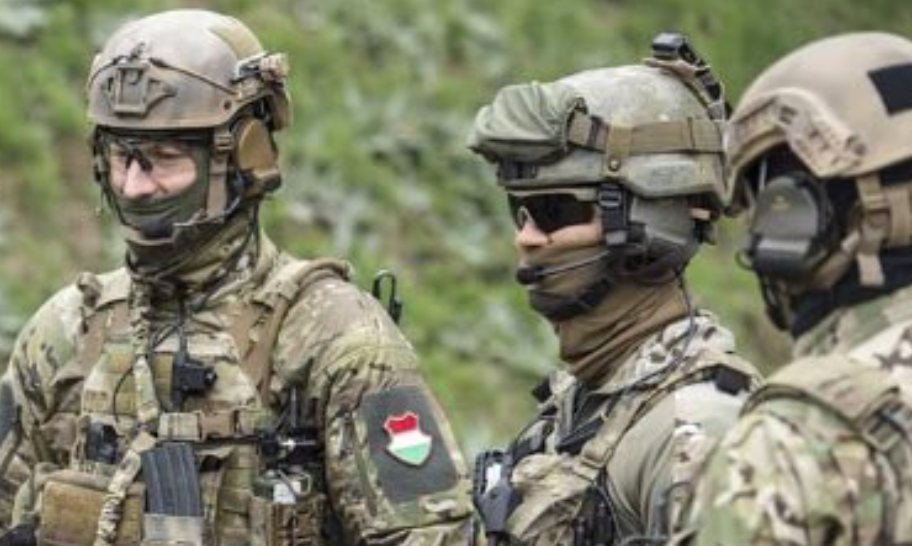
Hungary’s Special Forces Battalion was formed during the Cold War, after the remaining elements of the Royal Hungarian 1st vitéz Bertalan Árpád Parachute Battalion were disbanded in 1945. In 2023, Hungary ranked 54th out of the 145 countries included in the annual GFP index rankings, which was a jump of two places compared to 2022, and is now the 20th strongest army in Europe.
India – Special Frontier Force
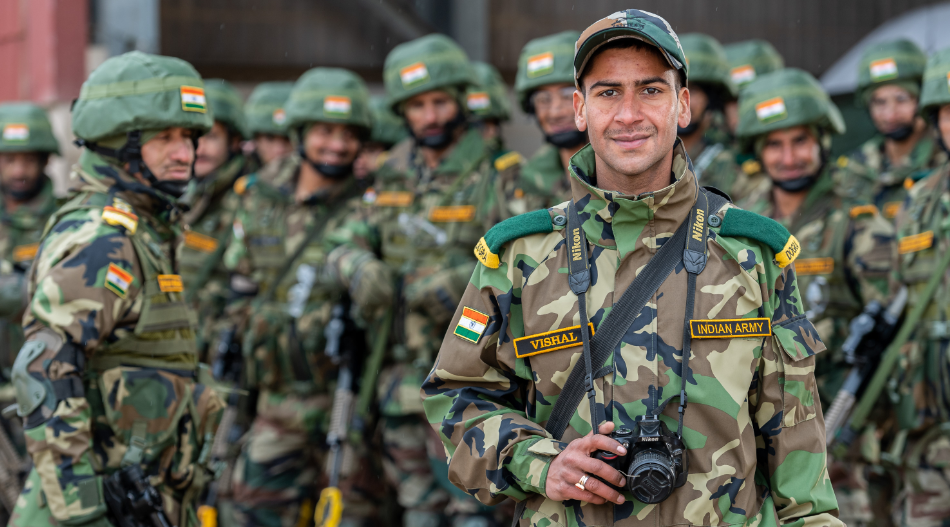
India is one of the largest military powers on the planet with the most active manpower of any country besides China and the US. Unlike a lot of countries in the region, India also has access to nuclear weapons. In 2020, they were the fourth-highest military spender.
Iran – Quds Force
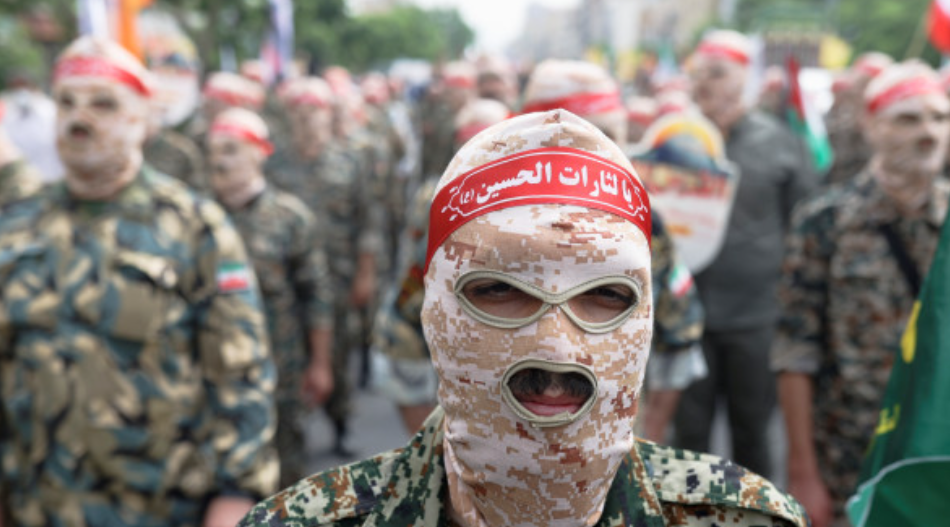
Iran has over 4,000 tanks and 1,000 rocket launcher systems. Its active military personnel of 575,000 is also the seventh-largest in the world. Despite a “chronically weak and undercapitalized” banking system, as well as US sanctions, Iran put a fifth of its annual budget towards defense in 2023, intent on building or gaining access to nuclear weapons, a goal rejected by a lot of the Western world.
Ireland – Army Ranger Wing
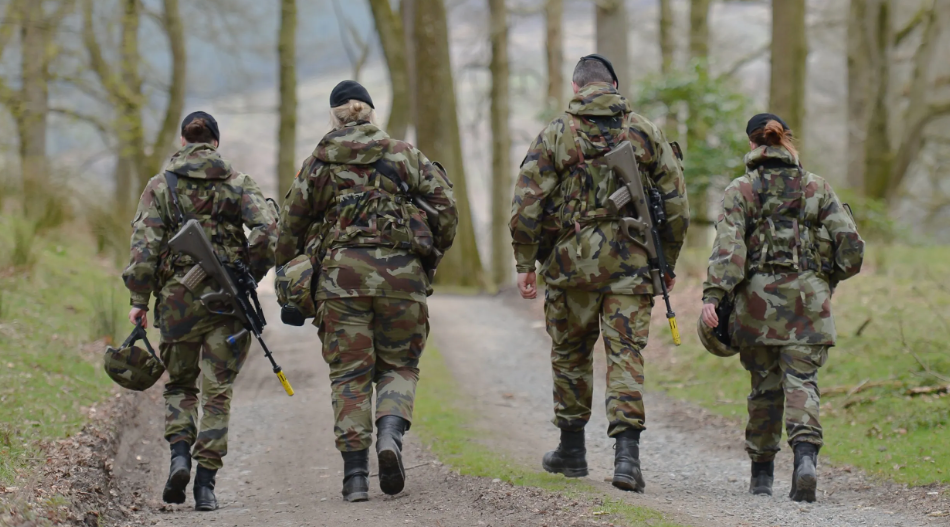
The Army Ranger Wing is the special operations force of the Irish Defence Forces, a part of the wider Irish Army. It also selects personnel from the Naval Service and Air Corps. Before, Ireland had been propped up and defended by the Irish Republican Army, whose presence largely dissipated after the 1998 Good Friday Agreement.
Israel – 89th Oz Brigade
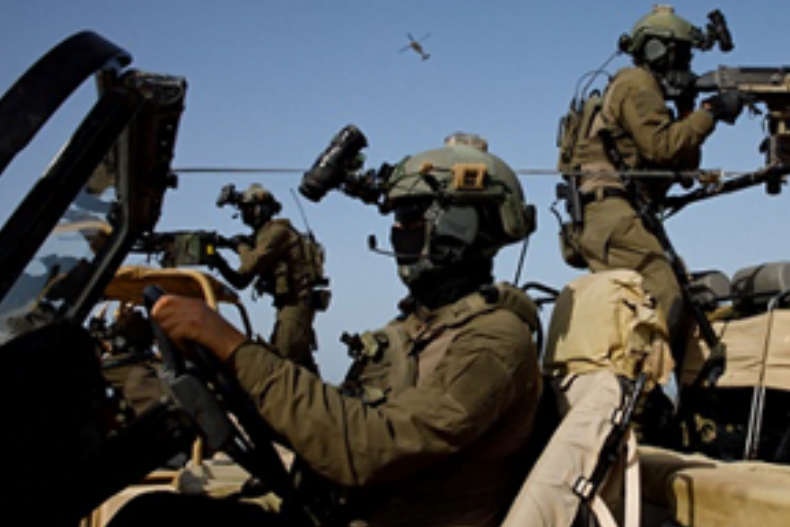
With a $17 billion budget, 4,170 tanks, 684 aircraft, 5 submarines, and active front-line personnel of 160,000, Israel boasts a sturdy military for a country of its size. Given the hostility to its existence, it only makes sense that they ramp up spending when it comes to weaponry. Unlike most countries in the Middle East, Israel has high-tech drones and nuclear capability.
Italy – Army Special Forces Command
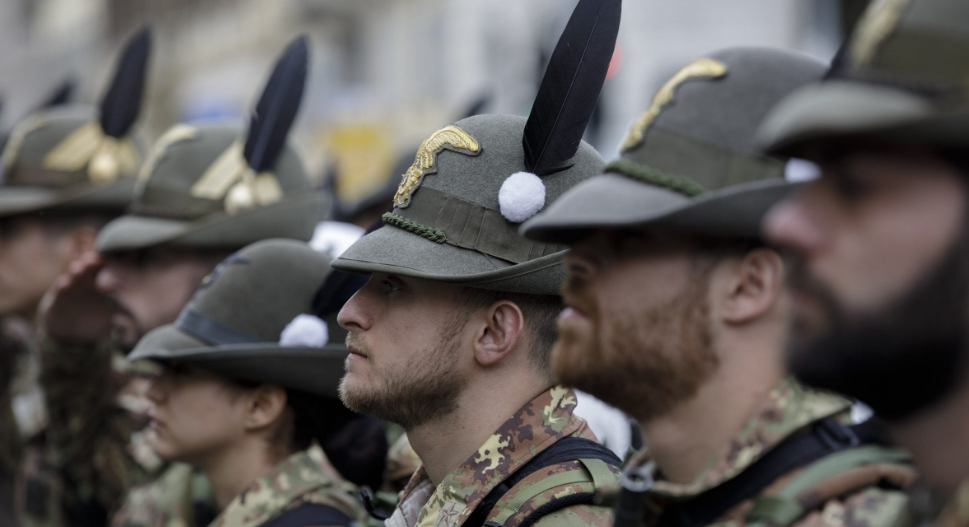
Italy’s military still places highly on lists of the world’s toughest. It boasts 586 tanks, 760 aircrafts, and 6 submarines. To keep them maintained, Italy has to shell out $34 billion per year. That’s a lot of money for a country the size of Italy and whose relevance on the world stage has drastically fallen since the 1950s.
Japan – Special Forces Group
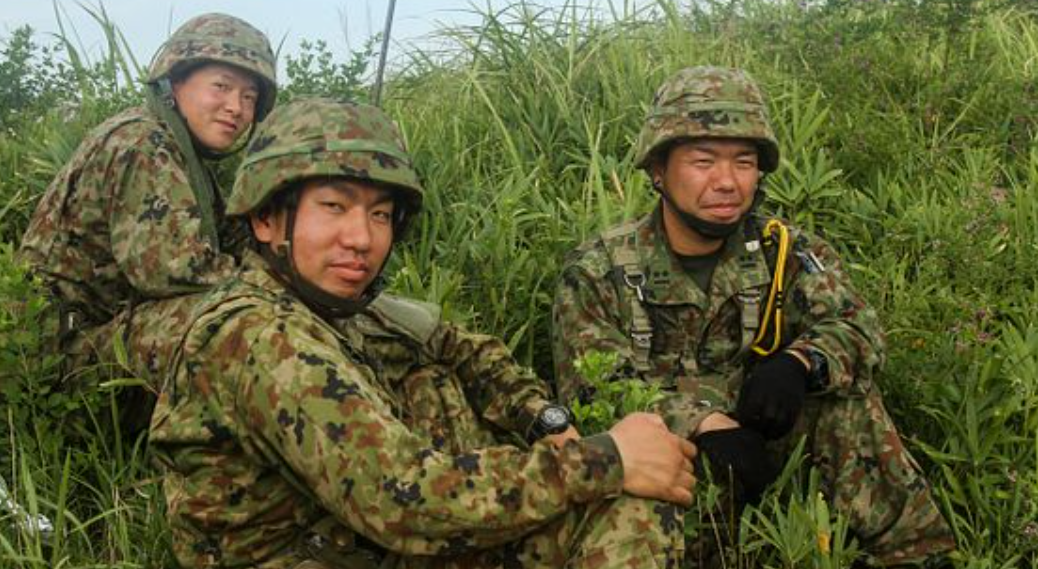
Japan have may renounced the ability to age war after its defeat in World War II but it still has a powerful military. The constitution of Japan limits its ability to use force overseas, meaning that up until the recent late, only 1% of the GDP went towards the army. That changed with the worrying rhetoric employed by the likes of North Korea and China.
Jordan – Special Forces Group
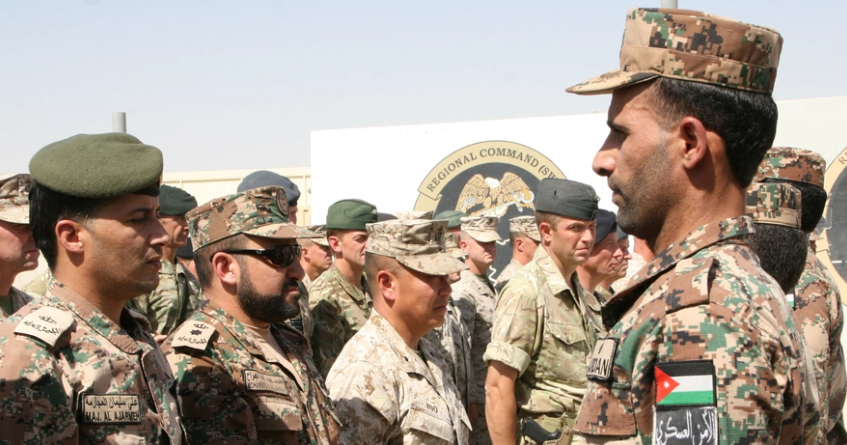
Founded on the orders of the late King Hussein in April 1983, the Special Forces Group is a wing of the Royal Jordanian Army. They are preoccupied with reconnaissance, counter-terrorism, intelligence gathering combat, and the protection of key sites. Considered one of the best special forces in the Middle East, it is equipped to operate behind enemy lines for lengthy periods without support.
Kenya – Kenya Special Forces
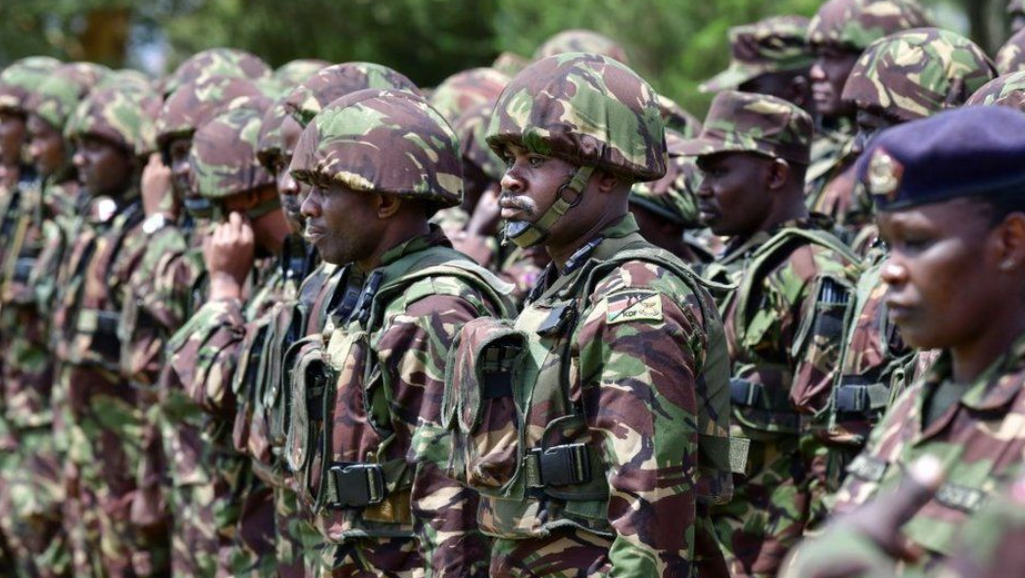
The Kenya Special Forces is the oldest unit of its kind within the Kenya Defence Forces. It was, along with the Ranger ‘D’ Company, tasked with intercepting terrorist activities after 9/11. Subsequently the unit was aided by American personnel via Djibouti’s Combined Joint Task Force-Horn of Africa. For a time, it was believed to be the only special force unit within the wider military.
Lebanon – Special Operations Command
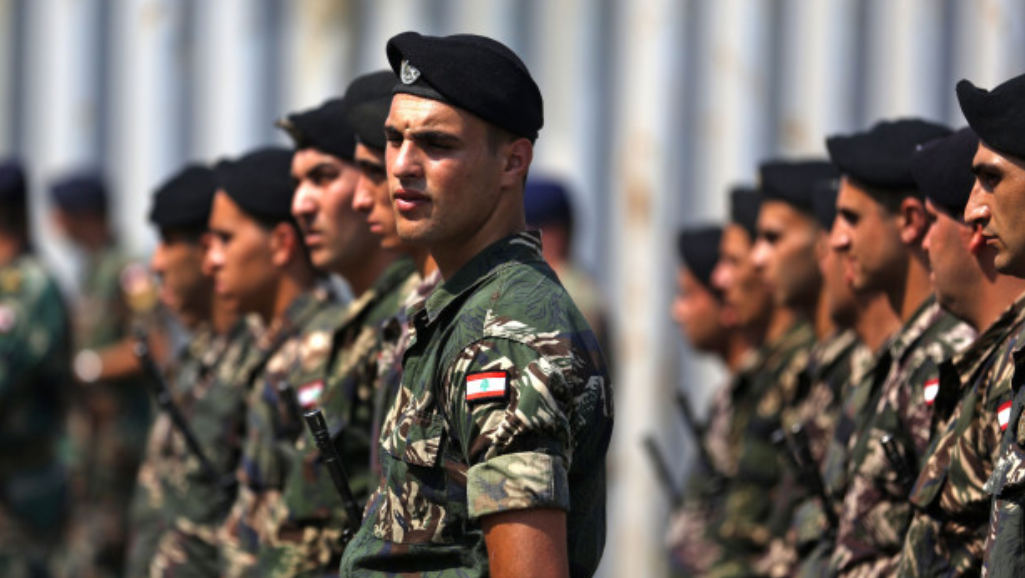
The Lebanese Army Command didn’t pay much notice to their Special Operations Command until the Nahr el Bared Operation in which the special forces stormed the Nahr el-Bared refugee camp and took control over the reigning Ratah al-Islam, a Palestinian terror organization. It was the first time these regiments were able to prove their worth on the front-line.
Mexico – Special Reaction Force
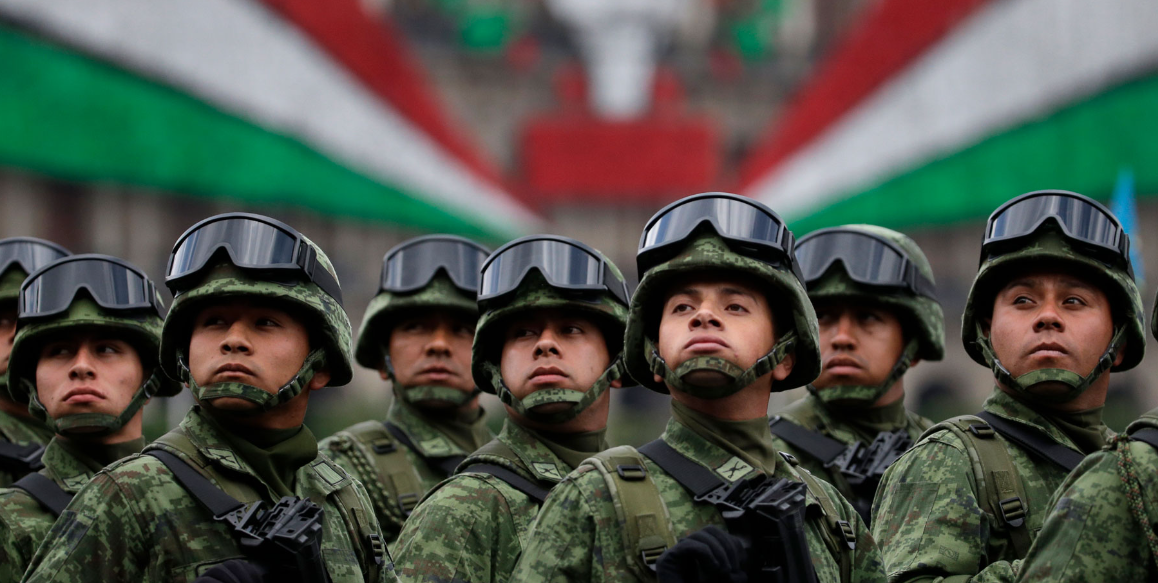
Mexico’s Special Reaction Force are masters in unconventional warfare, direct action, clandestine operations, and counter-terrorism. Many have claimed that it’s them not the Mexican Army at large, that tackles the so-called War on Drugs in areas rife with gangland behaviour. Members can only be recruited through special invitations and must be experienced officers.
Nigeria – Nigerian Armed Forces
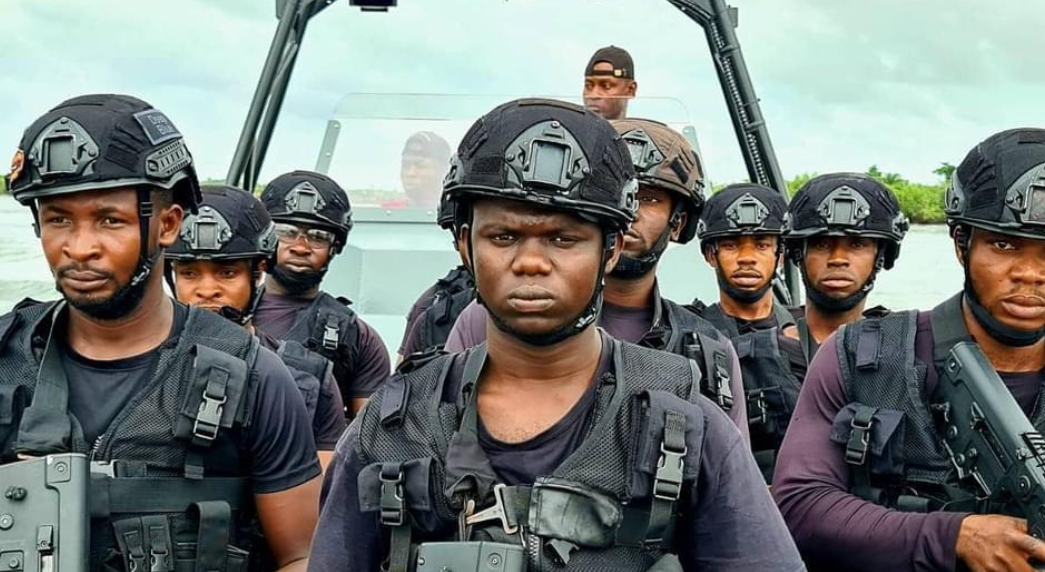
Taking over the Royal West African Frontier Force in 1960, the Nigerian Armed Forces only had a few years behind it when it had to serve in the conflict with Biafra between 1967 and 1970. Since then, the Nigerian Armed Forces has remained a fairly active operation throughout the African continent. Most recently, it became involved in the ECOWAS military intervention in the Gambia in 2017.
North Korea – Special Operation Force
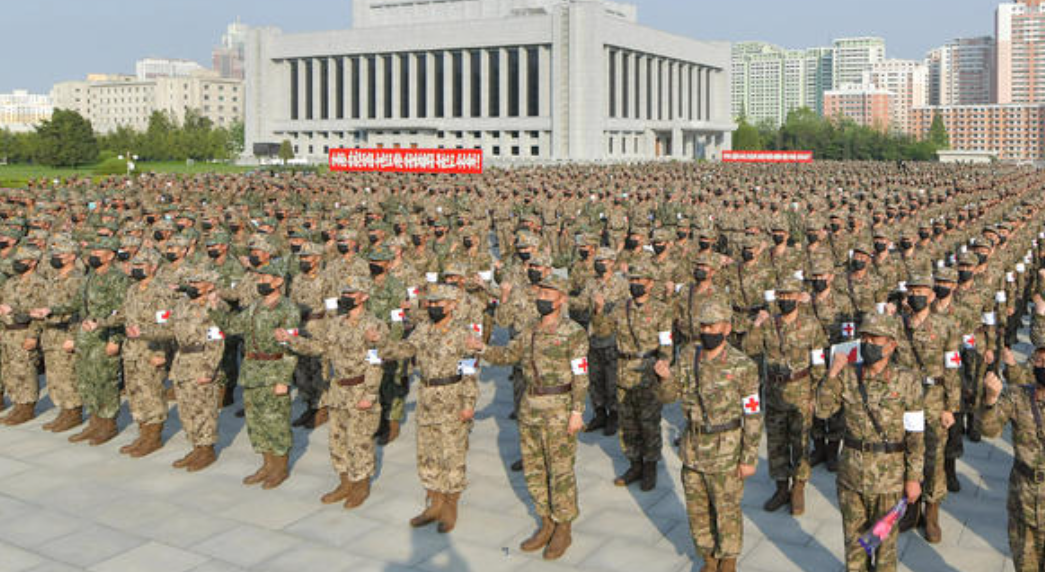
Given North Korea’s hermit status, it’s vital to take anything they boast with a pinch of salt. What is known is the Special Operation Force is active in testing the defenses of South Korea and has been detected operating in or around South Korea countless in the aftermath of the Korean War. The Special Operation Force is estimated to have 200,000 active personnel.
Oman – Sultan’s Special Forces
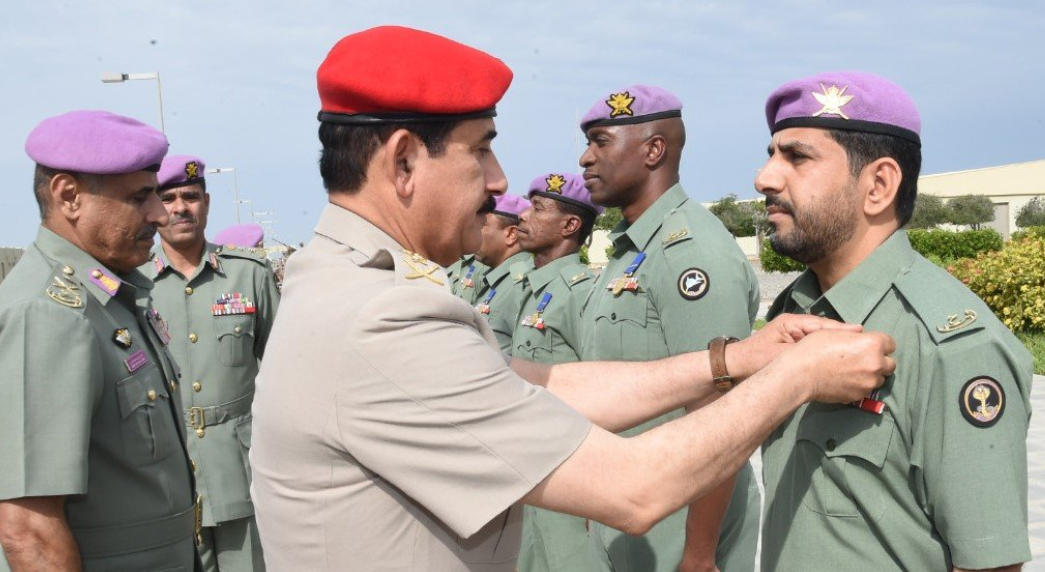
Sultan Qaboos bin Said al Said admitted to being very reliant on British Forces during the Dhofar Insurgency of the 60s and 70s, particularly the special force unit the Special Air Service. After a successful end to the Dhofar War, Qaboos decided to develop his own, leading to the creation of the Sultan’s Special Forces. The move has proved effective, and Communist insurgencies are a thing of the past in Oman.
Pakistan – Special Services Group
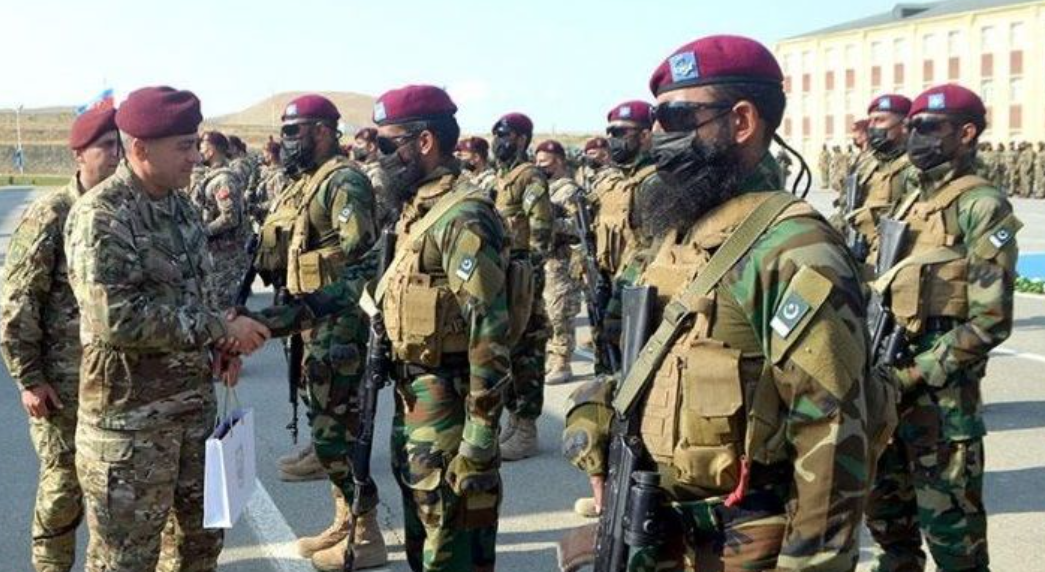
The Pakistani military is a force to be reckoned with, with large tank, aircraft, and attack helicopter fleets. On top of that, Pakistan is said to be building nuclear weapons at such a rate and speed that it could have the world’s third-largest nuclear arsenal by the end of the 2020s.
Peru – Fuerza Delta
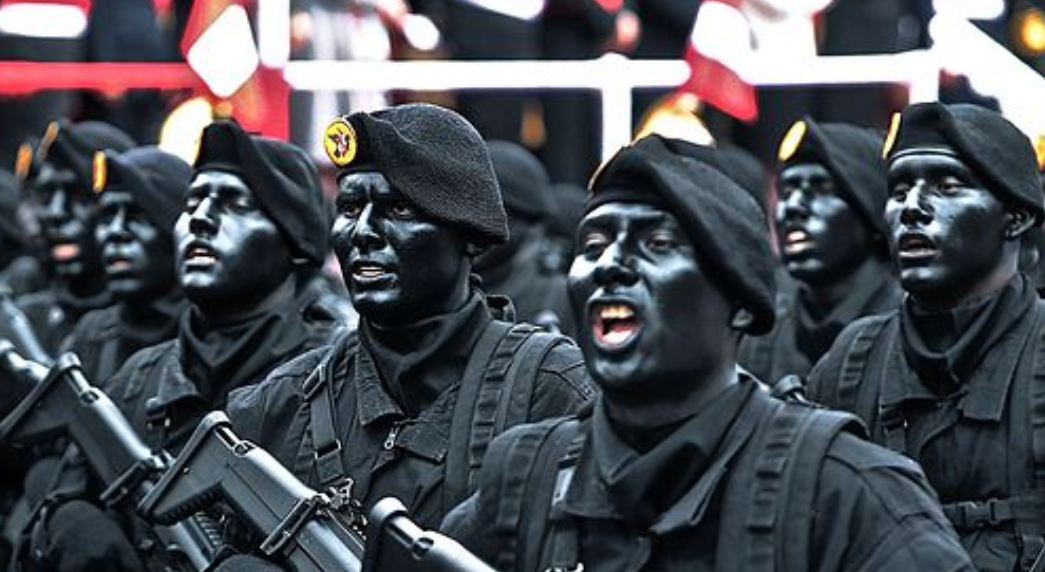
Following a devastating string of terrorist incidents in Peru, the US government created Delta Force, or Fuerza Delta, in 1977, a devoted counter-terrorism unit. To this day, a lot of Delta Force operators are selected from the Army Special Operations Command’s elite 75th Ranger Regiment and U.S. Army Special Forces.
Philippines – Special Operations Command
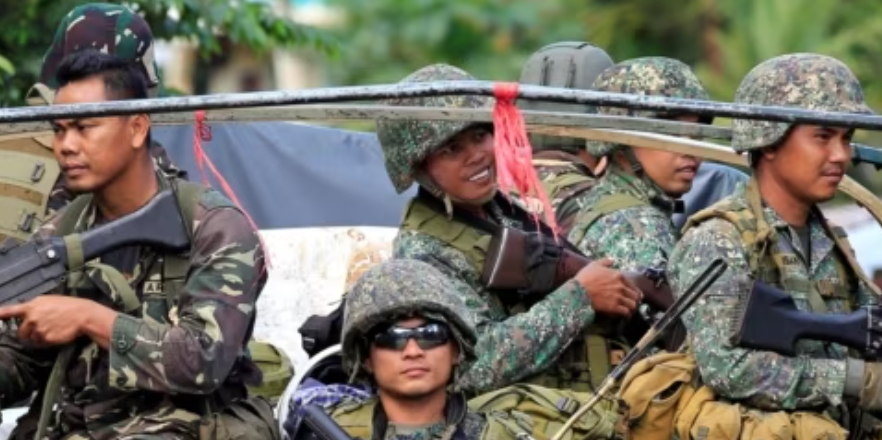
The Philippines Special Operations Command goes back to the Army Special Warfare Brigade, which was founded in 1978. The Army Special Warfare Brigade was the country’s first bid to combine the talents of the Special Forces and the Scout Rangers, which both shared the most highly trained personnel in the Phillippines’ broader military.
Poland – Special Troops Command
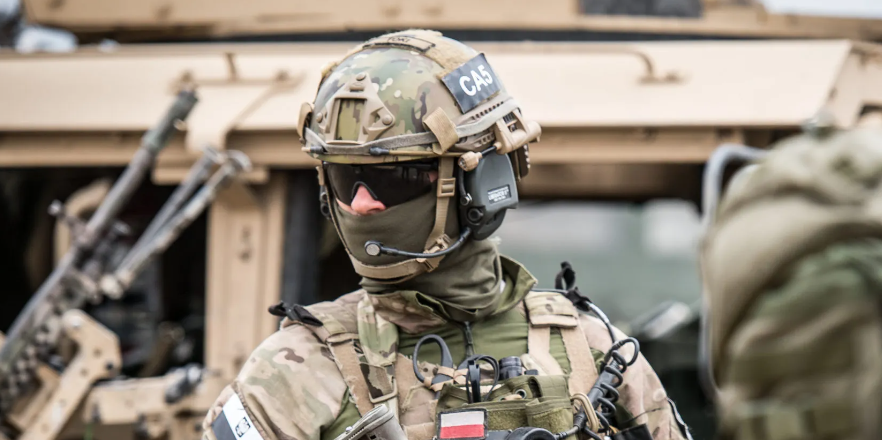
With an active front-line personnel of over 120,000 the Polish military presence is impressive. It even edges out neighboring Germany thanks to its larger number of tanks and submarines. After Russia’s invasion of Crimea Poland – a stable country – increased its military spending a great deal. It continued to do so in the wake of the Ukraine war in 2023.
Rwanda – Defence Force
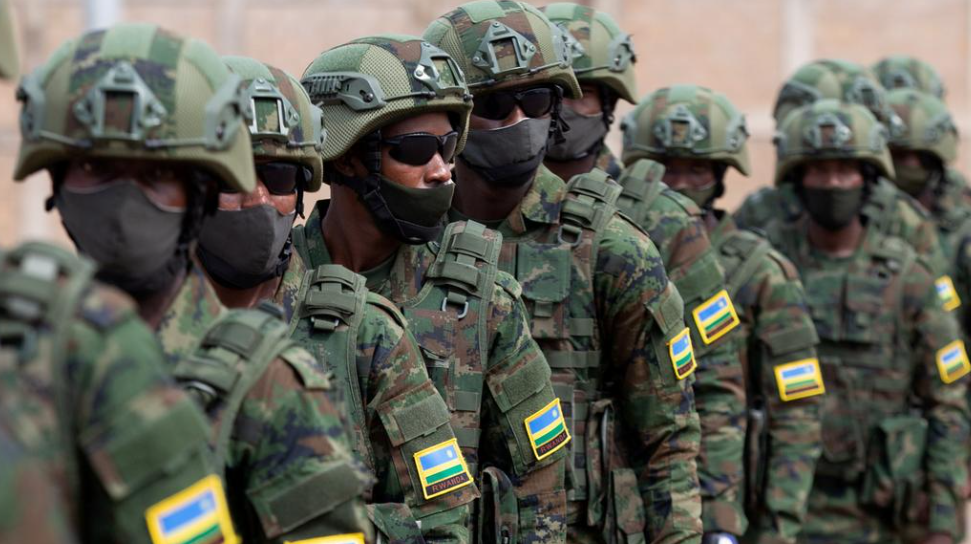
After it took hold of the country following the 1994 Rwandan genocide, the Rwandan Patriotic Front split into a political division (which kept the name) and a military division (which became the Defence Force). Some thirty years later, a large share of the national budget continues to go to the military thanks to ongoing tensions with the Democratic Republic of the Congo and Burundi.
Paraguay – Paraguayan Armed Forces
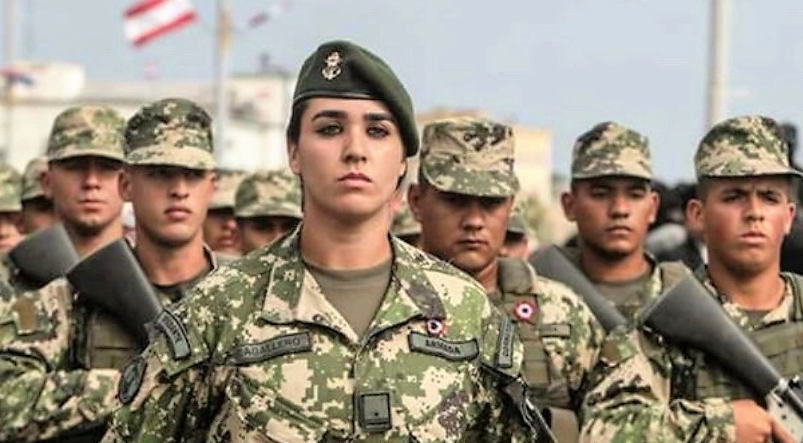
In Paraguay, military service is compulsory. All 18-year-old men and 17-year-olds in the year of their 18th birthday are liable for one year of active duty. The only way out of it is conscientious objection, something that is allowed in the 1992 constitution though yet to be approved through legislation. If you don’t wanna serve in the Paraguayan Armed Forces, you’d better move.
Saudi Arabia – Royal Saudi Navy
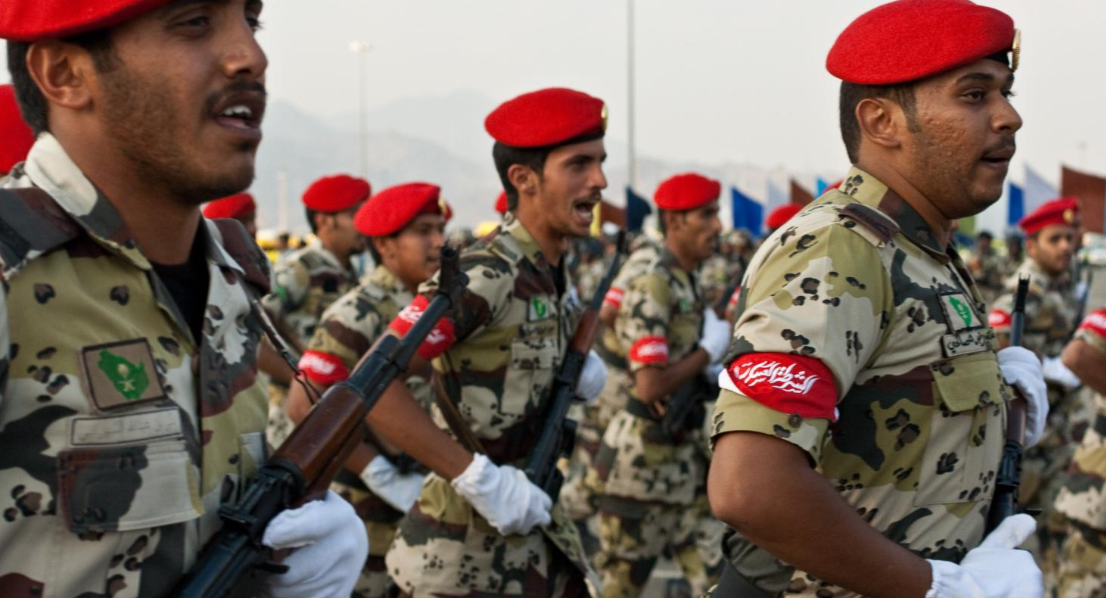
Founded in 1960, the Royal Saudi Navy was revitalized with help from the US military, who tried turning the Navy into something that could rival the Imperial Iranian Navy back in 1972. Saudi Arabia bought some vessels from Britain and France throughout the 80s and 90s following the Iranian Revolution and began work on the country’s own command, control, and communications centers.
Serbia – Serbian Armed Forces
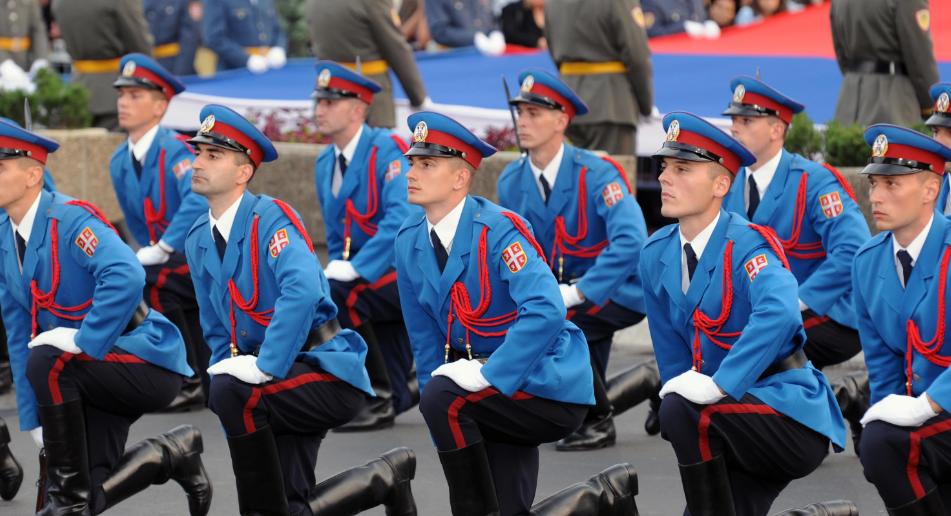
Like a lot of countries, military service in Serbia is voluntary though the outbreak of a war may change that in the future. The Serbian Armed Forces, formed in 1830, are split into two branches, The Serbian Army and the Serbian Air Force and Air Defense. As of 2023, Serbia is ranked 58 of 140 out of the countries considered for the annual GFP review.
Singapore – Special Operations Task Force
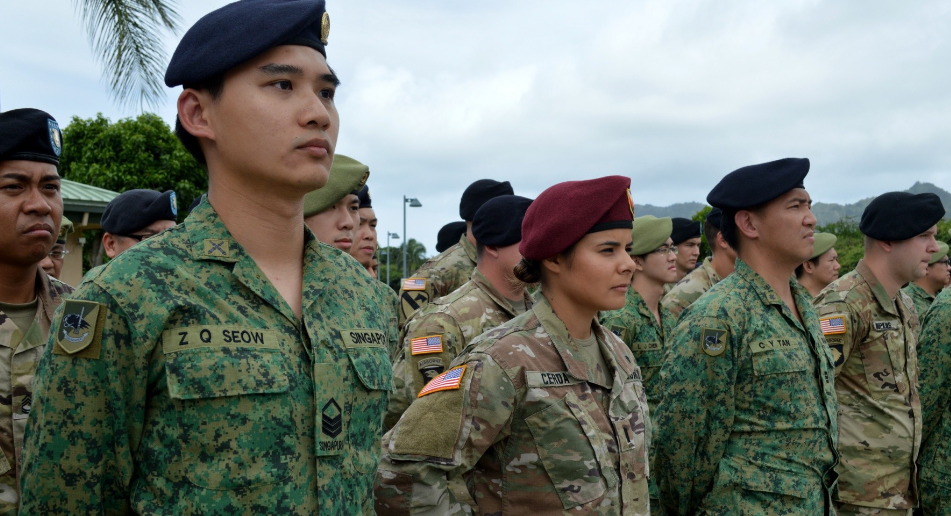
Back in March 1991, Singapore Airlines Flight 117 was hijacked in the air by four men. When the plane reached Sinagpore’s Changi Airport, commandos from the Special Operations Task Force stormed the plane and shot dead all four hijackers without harming any of the 129 hostages. What’s incredible about that is it was the SOF’s first combat operation. They’d only formed in 1984!
Somalia – Danab Brigade
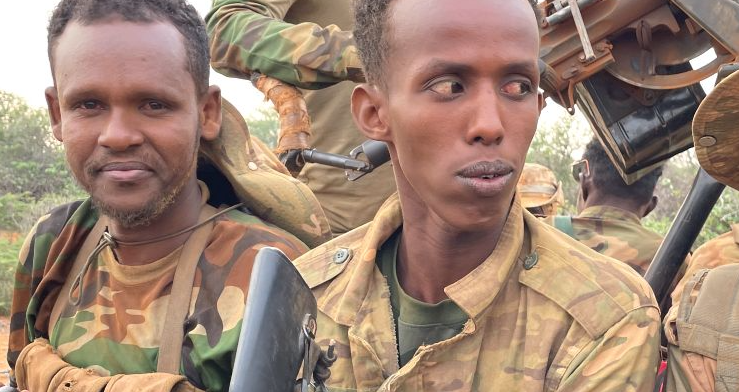
You probably haven’t heard of the Danab Brigade but they’re a special presence in Somalia. Their uniform is indistinguishable from the regular Somalian Army besides the patch of their emblem on their left shoulders and the paratrooper insignia on the left breasts of their uniform. The Danab Bridage may also wear the airborne tab on their shoulder.
South Africa – Special Forces Brigade
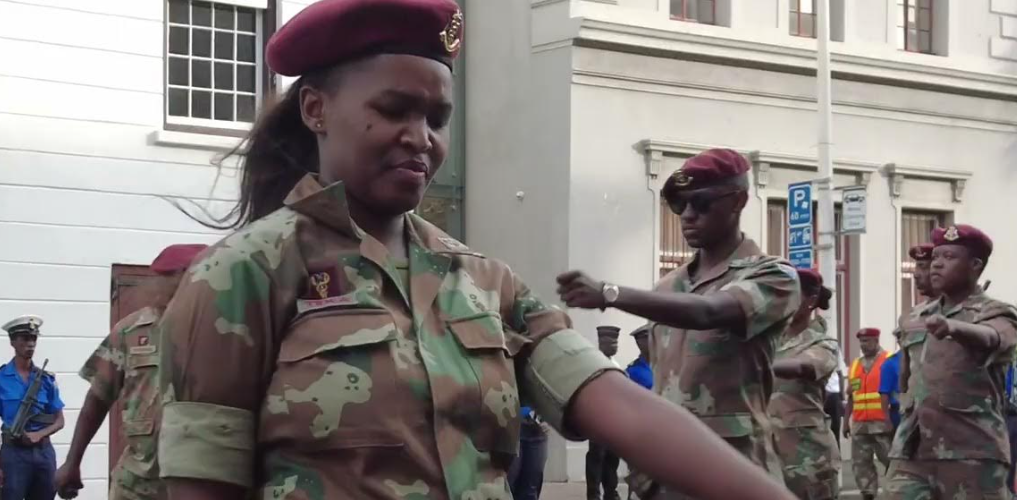
Known casually as the Recces, the South African Special Forces Brigade is the country’s principal special operations unit, equipped in counter-insurgency, hostage rescue, and unconventional warfare, among many other things. 4 Special Forces Regiment focus on maritime operations while another 5 Special Forces Regiment focuses on land and airborne operations. The training is tough. Only 8% of recruits who undergo it pass the course.
Spain – Spanish Land Army
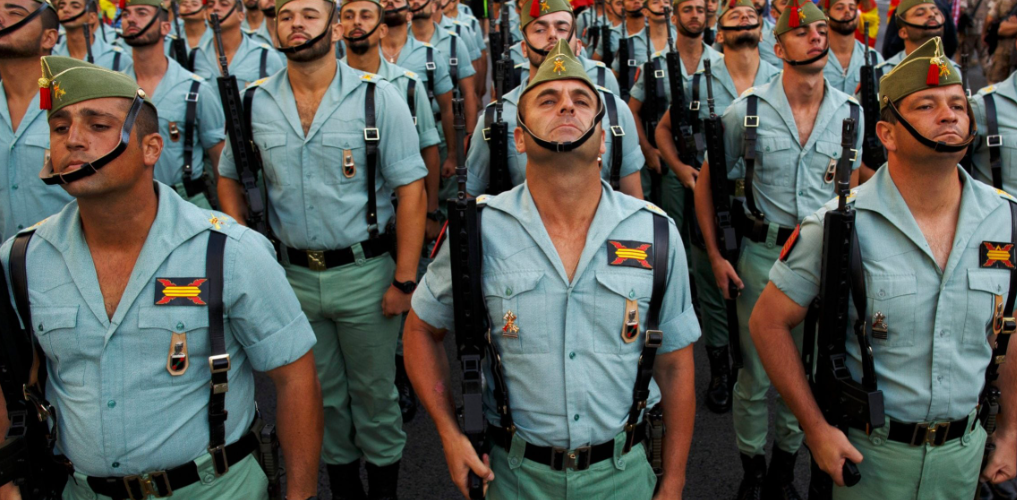
Don’t sleep on Spain. It’s one of the few countries in the world with a helicopter carrier, and its fleet of 11 frigates places it seventh globally. 2023 saw a huge shift in the military budget, increasing to €12.5 billion in 2022. Spain may not be waging war on anyone anytime soon but you’d better believe they’re ready if it comes to it.
Switzerland – Special Forces Command
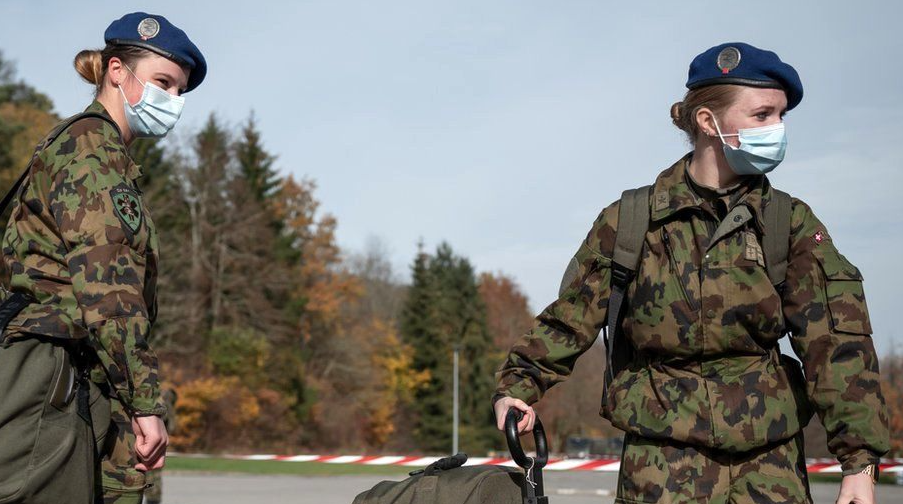
The Special Forces Command is an infantry corps of the Swiss Armed Forces. Despite Switzerland’s near-perfect reputation militarily, grenadiers have to go through intense training which is known to cause significant pain. A Swiss tradition, grenadiers served as part of the cantonal contingents of the Swiss Confederacy in the 19th century. The kind of modern grenadiers you see today were formed in the early 1940s.
Thailand – Royal Thai Army
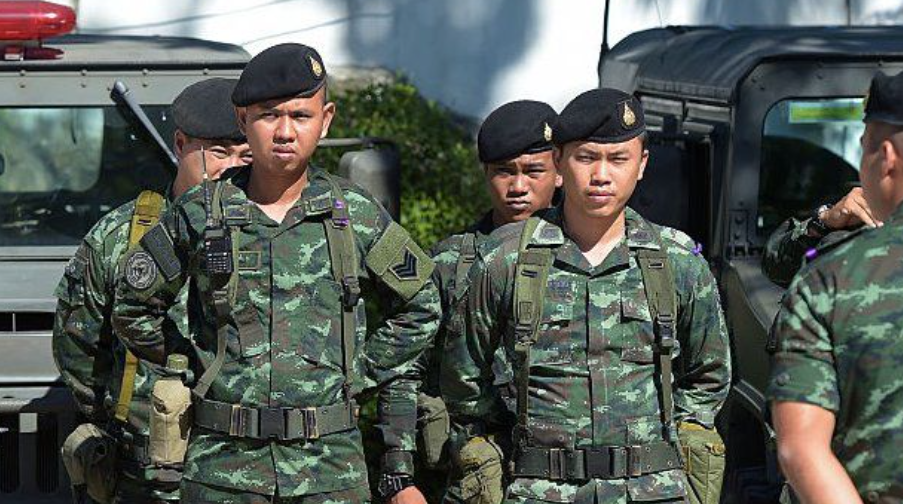
Don’t take the Thailand military lightly. They’re currently in control of the country following a May 2014 coup. Unity in this is said to rely on the presence and persistence of the Royal Thai Army, whose budget is $5.39 billion and active front-line personnel amounts to 306,000. One of the only ways the army is lacking is in its aircraft fleet.
Tunisia – Special Forces Group
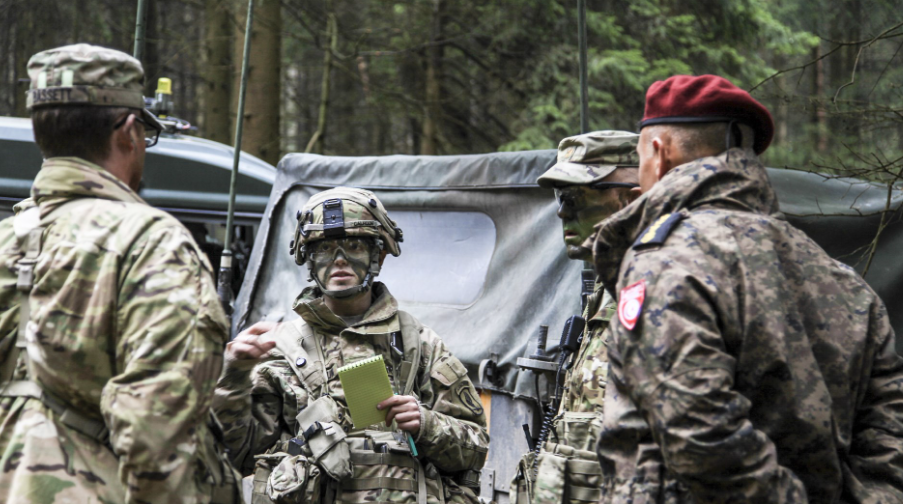
Tunisia’s modern army was created in the 1830s but has luckily only been involved in one substantive conflict: the 1961 Bizerte crisis. The Tunisian army, and their special forces unit are no too keen on sticking their nose where it doesn’t belong. They exist to defend the country and partake in peacekeeping missions. And you have to say, they’re people of their word.
South Korea – Armed Forces
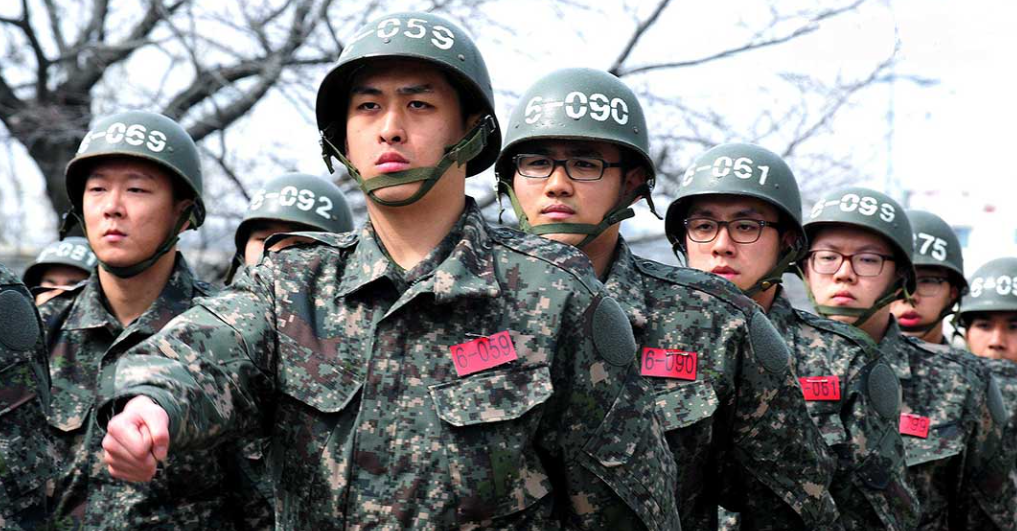
This one’s a bit of a no-brainer. The South Korean military has to be powerful given its decades-old tension with its noisy neighbor, North Korea. Since 2021 alone, North Korea has launched around 90 strategic cruise missile tests, and it’s not the South Pole they have in mind. As such, South Korea has 133,000 vehicles and 739 helicopters, including 112 attack helicopters.
United Kingdom – Special Air Service
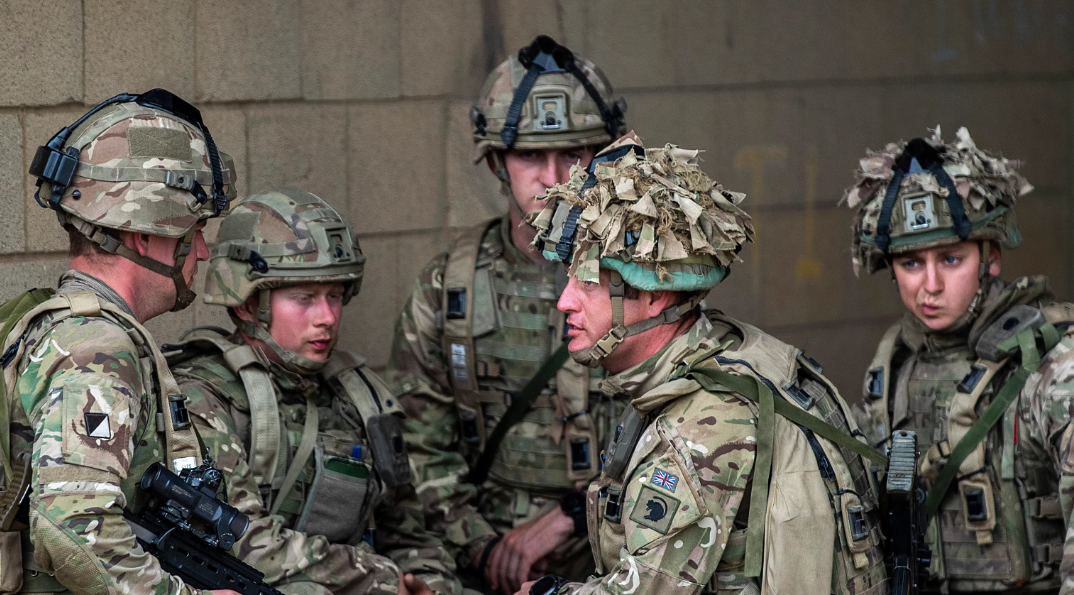
The Special Air Service was founded by Scottish officer David Stirling in 1941 and was reconstituted as a corps in 1950. Specializing in counter-terrorism and covert reconnaissance, the SAS has become one of the world’s most respected military units. The 22nd SAS Regiment gained praise and recognition worldwide after its televised rescue of all but two of the hostages in the 1980 Iranian Embassy siege.
Vietnam – Special Forces
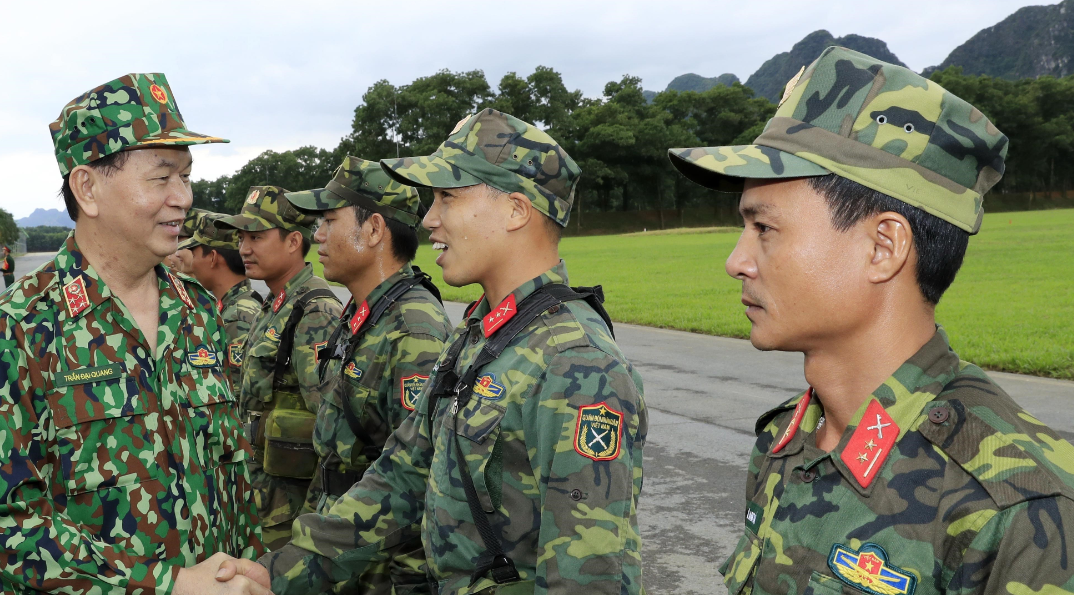
As of January 2023, Vietnam apparently has over 53 million people who count as available military manpower, 470,000 of whom are active military personnel. That’s the 9th highest in the world. The Vietnamese special forces also boast 2.5 million reserves. GlobalData predicts the defense market budget to grow by more than 6% between 2024 and 2028.